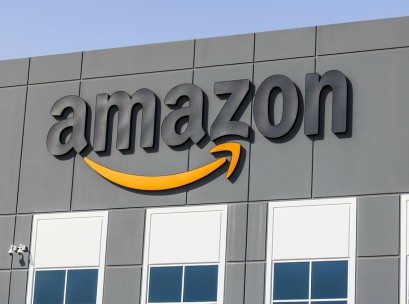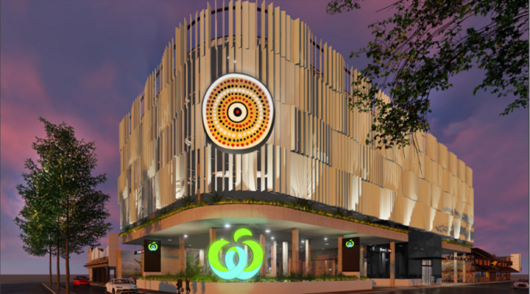 Australia’s brick-and-mortar retailers can expect increased pressure to compete and will be forced into making their businesses an experience rather than just a place to shop as e-commerce giant Amazon makes its way to the country, according to a new study.
Australia’s brick-and-mortar retailers can expect increased pressure to compete and will be forced into making their businesses an experience rather than just a place to shop as e-commerce giant Amazon makes its way to the country, according to a new study.
Industrial and logistics centres, on the other hand, if properly located, will become more attractive as e-commerce increases the need for warehouse space.
According to the Australian Real Estate Trends report, “Q3 2017 Situs RERC/UPA Australian Market Expectations Survey”, conducted by US-based SEC-registered investment advisor, Situs RERC, and Melbourne-based advisory firm Urban Property Australia, in the other markets in which it operates, Amazon has had profound effects, changing the entire retail landscape.
In the US, Amazon now accounts for almost five per cent of total retail sales and 38 per cent of online retail sales, while its share of UK retail spending is estimated to be around four per cent and its share of online sales at 24 per cent.
Sam Tamblyn, Urban Property Australia managing director, said investors are facing a very real and serious threat with the expected arrival of Amazon.
“Just as in other parts of the world, Amazon is expected to have a major influence and direct impact on Australia,” Tamblyn said. “Amazon should be a boon to the Australian economy and industrial real estate, but the retail sector will likely experience a major shake-up.”
Based on the results of survey, respondents indicated that the greatest impact of Amazon is expected to be felt on the bulky goods and high street retail sectors and the least impact on the CBD retail sector.
“While e-commerce existed before Amazon.com, Jeff Bezos’ company has revolutionised shopping – starting in the US and spreading around the globe – and is poised to open its first distribution centre next year in Australia,” Urban Property Australia stated.
Amazon’s logistics network is believed to include one fulfilment centre in each of Brisbane, Sydney and Melbourne, with hundreds of smaller sized metropolitan delivery centres to service customers.
It is understood that Amazon is looking at the Goodman/Brickworks site at Eastern Creek, Sydney, for its larger fulfilment centre of approximately 60,000 square metres, which could be built at the Oakdale Industrial Estate.
In April 2017, Amazon confirmed their plans to enter the Australian market. Currently Amazon employs almost 1,000 people in Australia with estimates that Australian consumers already spend between $700 million and $1 billion a year on Amazon.com.au and Amazon overseas sites.
Nearly half of the survey respondents, 40 per cent, reported that Australian brands Myer and David Jones were the most vulnerable retail brands to Amazon’ entry into Australia.
Citigroup estimates that Amazon’s Australian sales could reach $4 billion within five years, representing about 14 per cent of all online sales and 1.1 per cent of total retail sales in Australia.
Ken Riggs, president of Situs RERC, said recent leasing industrial trends indicate that online businesses require 300 per cent more warehouse space than traditional bricks and mortar retailers; however warehouse availability is at an all-time low in the US and other markets that have lost space to residential conversion.
“It is estimated that more than 211 million square metres of new warehousing space will be required by 2035,” the report indicated.
It added that expensive last mile availability will be Amazon’s biggest challenge initially, Australia has the third highest online spend per capita globally which bodes well for Amazon’s success.
Riggs said the rise in e-commerce fuelled by players such as Amazon also means an upsurge in the demand for industrial assets and a dwindling demand for retail space.
“At the year-end 2016, Amazon alone leased more than 97 million square feet and owned more than two million square feet of industrial space, such as fulfillment and data centers, in North America (US, Mexico, and Canada),” Riggs said. “The industrial sector is benefiting from the exponential growth in e-commerce and ‘last mile’ delivery.”
Riggs said as these services become more prominent, the industrial sector will experience more demand for local facilities, especially within cities.
“The growing demand and limited supply for space in cities will support rent growth and, hence, investors’ interest in the sector,” he said. “Based on global trends witnessed in Amazon’s previous launches, it’s reasonable to assume that Australia’s experience with the arrival of Amazon will be similar to what happened with Canada.”
Access exclusive analysis, locked news and reports with Inside Retail Weekly. Subscribe today and get our premium print publication delivered to your door every week.





